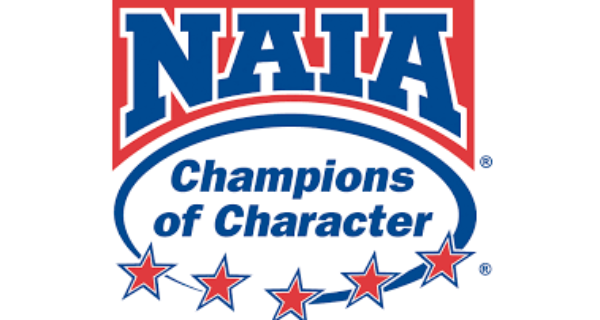Northwest Iowa — Restaurants in our part of Iowa will be allowed to reopen this Friday, May 1st, after restrictions put in place by Governor Reynolds on March 17th have been eased.
There are some guidelines the restaurants need to follow, however.
(As above) “You know, many Iowans have missed their favorite local restaurant and they’re curious about how the experience will be different and whether it will be safe,” Governor Reynolds says.
Iowa Department of Public Health deputy director Sarah Reisetter says no more than six people should be allowed to sit at a table and dining should be by reservation only, so no walk-in traffic.
(As above) “Prohibit customer self-service of food, including buffets and salad bars,” Reisetter says. “Implement reasonable measures to ensure social distancing of employees and customers.”
Reisetter says employees’ temperatures should be taken when they get to work and anyone with a fever or other COVID-19 symptoms should be sent home.
(As above) “Employees with direct customer contact should wear masks that are laundered or replaced daily,” Reisetter says, “and work stations should be staggered, so employees are stationed at least six feet apart whenever possible.”
Restaurants that reopen are to eliminate seating in bar areas where customers sit close together.
(As above) “We understand that we are asking restaurants to take many precautions,” Reisetter says, “but it’s all in an effort to protect their employees and their customers, so that we can all stay healthy.”
Earlier this week, Governor Reynolds said restaurants in 77 counties with limited virus activity may reopen, but at 50 percent of normal seating capacity, with at least six feet separating tables. The proclamation Reynolds issued allows farmers markets to open in May, as well. Reisetter says vendors may only sell farm products and food.
(As above) “There can be no entertainment, other social activities or common seating. There is a required six-foot minimum spacing between vendors and other social distancing requirements for vendors and customers,” Reisetter says. “Signs should be posted telling the public not to enter if they are feeling ill and vendors should consider accepting cashless options whenever possible.”
According to the Federal Reserve, some paper currency can be in circulation for up to 15 years. A 2017 study of one-dollar bills circulating in New York City found that cash can carry bacteria and viruses.










